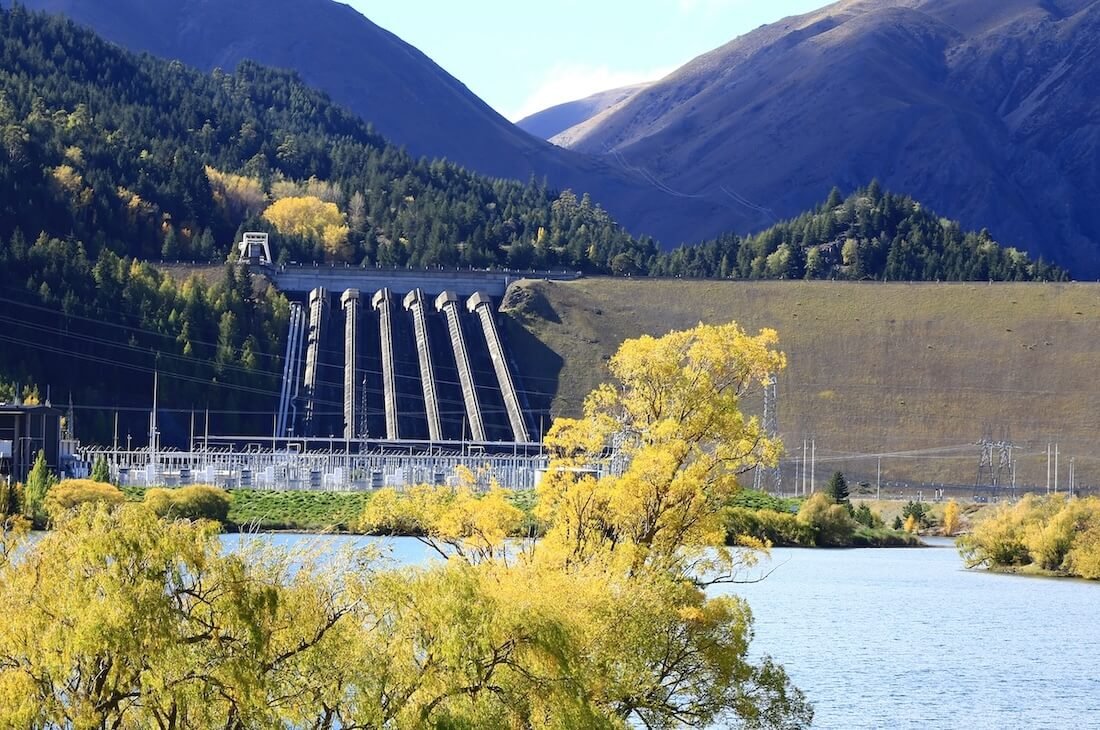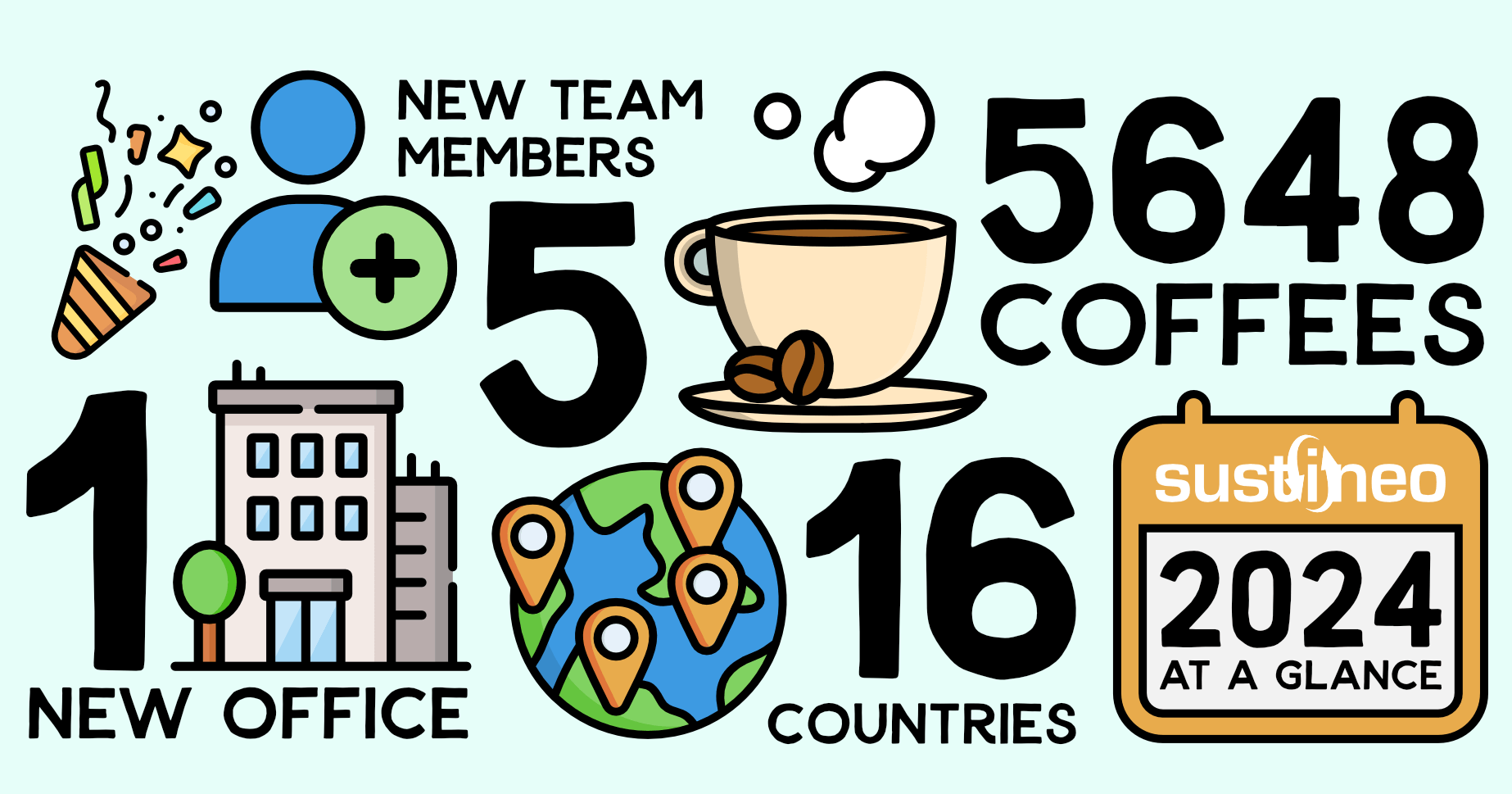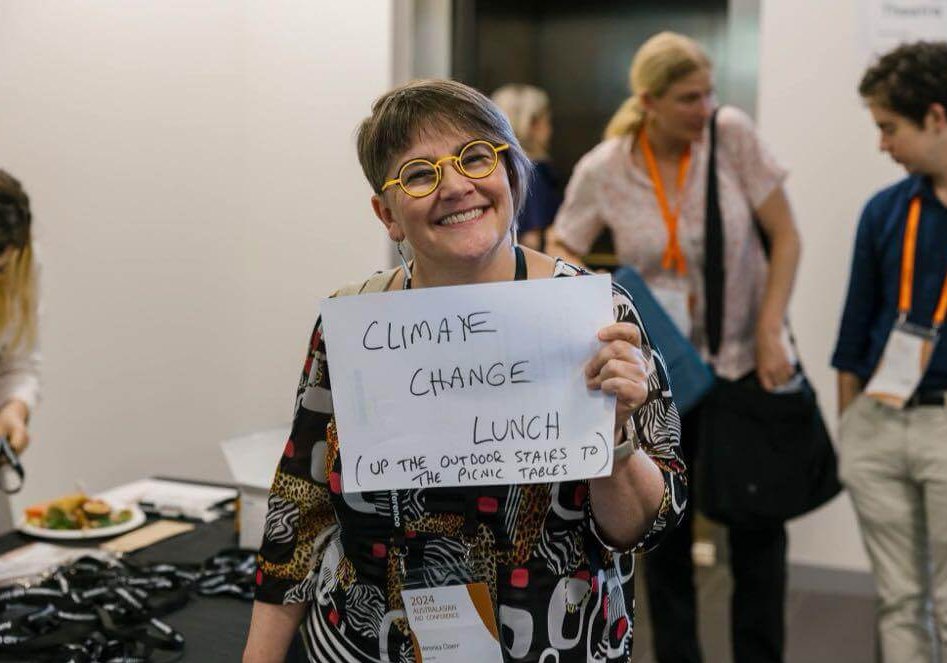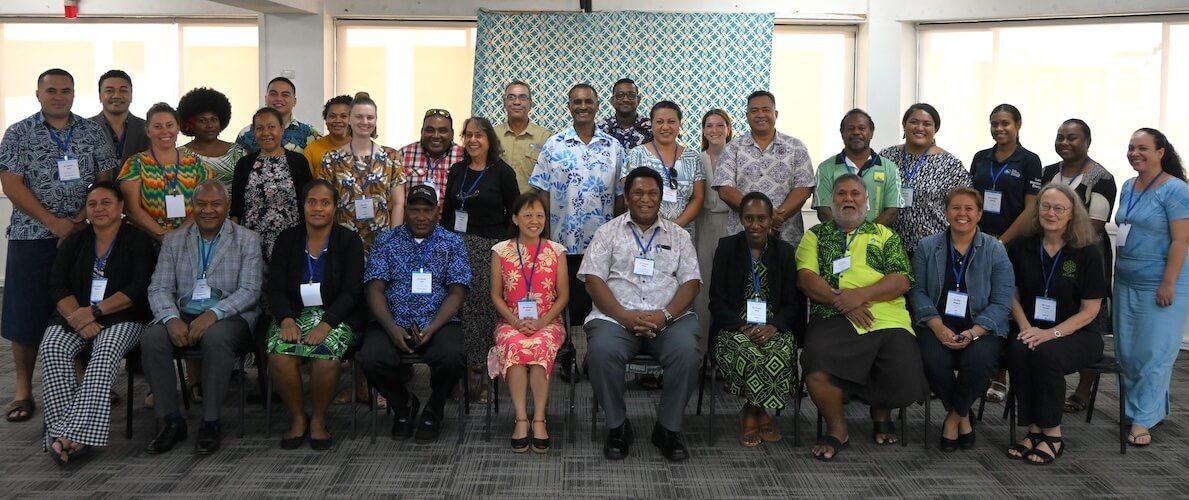Many of us take reliable access to electricity for granted. Day or night, we can power appliances and devices that help us live our lives in comfort. The next level up is reliable renewable energy.
The Asia-Pacific Economic Cooporation (APEC) is dedicated to helping its member economies transition to renewable energy, but the process is tough. Sources like solar and wind are plentiful but can be unreliable. For example, solar panels generate a lot of electricity when the sun is shining the brightest but not enough at night. This is where electrical energy storage (EES) comes in.
Think of EES as a battery that stores, for example, extra solar energy during the day and releases it at night. This way, EES makes sure the energy supply meets the demand 24/7, preventing any energy from being wasted.
EES comes in many forms, not just batteries. Another example is pumped hydro storage. In pumped hydro storage, excess electricity is used to pump water from a lower reservoir to a higher one. When electricity is needed, the water is released back down to the lower reservoir, turning turbines and generating electricity. This method effectively stores energy by using the potential energy of elevated water.
EES is crucial for APEC member economies—particularly for Papua New Guinea, Malaysia, and Thailand—which face growing energy demands but significant climate, regulatory, and infrastructure challenges.
For PNG, where remote villages often rely on inconsistent energy sources (such as diesel-powered generators), EES can offer a dependable power supply. In Malaysia, with its rapidly growing urban centres, EES can help manage peak energy demands and reduce the strain on the power grid. Similarly, in Thailand, EES can enhance the resilience of the energy infrastructure, making it better equipped to handle fluctuations in energy production and consumption.
Sustineo has been working with APEC to explore options for promoting good EES market settings in Malaysia, Thailand, and Papua New Guinea. In workshops with stakeholders from each country, we analysed current policies that encourage investment in EES, identified barriers to these investments, and discussed tailored options to improve market conditions in each economy. By engaging with a diverse group of stakeholders from policymaking, engineering, and the private sector, we were able to bring together various perspectives, enriching the discussions and developing more comprehensive strategies. These discussions helped validate and extend our research report, ensuring APEC economies have relevant and tailored information for the next steps in their EES journeys.
We are excited to see what the future holds for the adoption of EES in Malaysia, Thailand, and Papua New Guinea. The insights and collaborative spirit from our workshops have laid a strong foundation for advancing these technologies. We are optimistic that with continued support and the right policies in place, these economies will make significant strides towards a more sustainable and resilient energy future.
We extend our gratitude to APEC for their commitment and support in this critical endeavour. Together, we can achieve a transformative impact on the energy landscapes of these vibrant economies.



